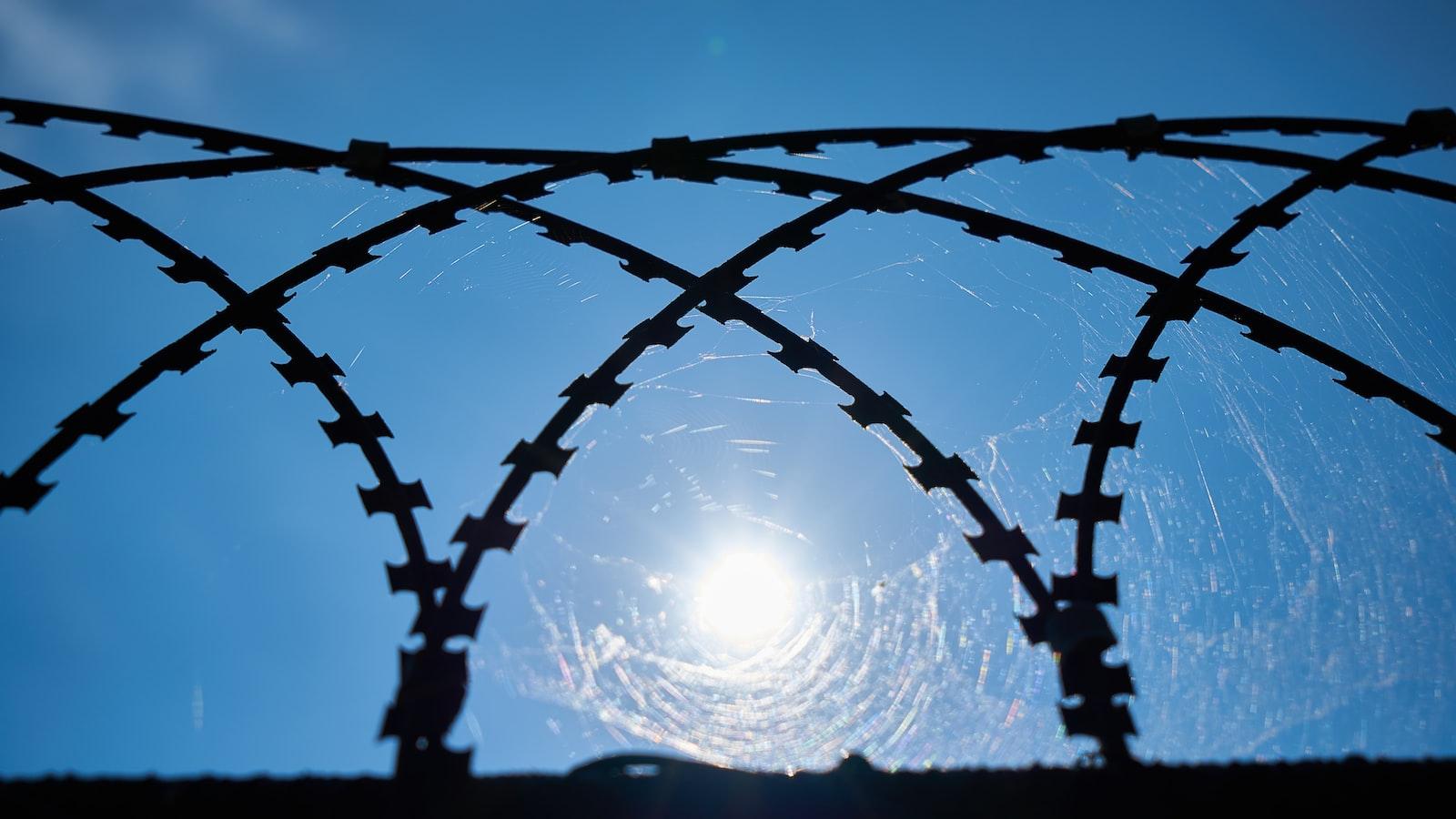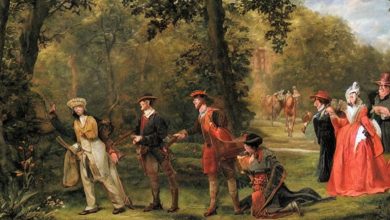Tracks Through Time: Charting the Evolution of British Railways

As the rhythmic pulse of wheels clacking on iron echoes through the chill morning air, the quintessential British steam train emerges from the mist, belching plumes of smoke. The image invokes an age-old romance, embodying the timeless journey that has fundamentally shaped the course of the British Isles: the history of the railway. Rewind to the first ember of steam engine technology, trace the explosion of railway lines in the Victorian era, bracket the world wars, and survey the landscape of modern, privatised services. Welcome, dear reader, to our expedition through epochs, tracking the monumental evolution of the British railways - a captivating tale of ambition, innovation, and resilience.

The Dawn of Rail: Britain’s Pioneering Role in Railway Evolution
For an innovation that revolutionised the nature of transportation, the inception of the railway in Britain is a narrative of pioneering spirit, innovation, and exemplary dedication. The country’s definitive role in the development of the modern-day railway, marked by the opening of the Stockton & Darlington Railway (1825) and the Liverpool & Manchester Railway (1830), brought about a radical transformation in commerce, industry and everyday life.
The formative years of British Rail were characterised by significant advancements in engineering and technology. Trailblazing engineersgeorge Stephenson and Isambard Kingdom Brunel made their indelible marks on the development of infrastructure and the technology driving the industry. Stephenson’s game-changing The Rocket steam engine and Brunel’s innovative broad gauge design exemplify the relentless endeavour to realise the full potential of the railway system.
-
- George Stephenson’s The Rocket reached a then-unprecedented speed of 36mph in 1829.
-
- Brunel’s broad gauge, at 7ft 0¼in, made travel smoother and faster but was eventually replaced by Stephenson’s standard gauge, which is still in use today.
| Key Figures | Contributions |
|---|---|
| George Stephenson | “The Rocket” Steam Engine |
| Isambard Kingdom Brunel | Broad Gauge Design |
Braced for expansion, railway companies embarked on large scale construction of railway lines, linking major cities and towns. This led to an exponential growth in rail network from 2,440 miles in 1840 to 10,440 miles in 1850. The railways’ impact was relentlessly pervasive; it stimulated a boom in industries like coal and iron, altered landscape of towns and cities, and ushered in the era of affordable, fast and reliable means of transportation for the masses.

Iron Horses and the Industrial Revolution: The Rise of the Railways
Often referred to as ‘Iron Horses’, the locomotives that rolled onto the driverways of the United Kingdom in the early 19th century marked the ushering in of the transformative age of the Industrial Revolution. These steam-powered machines, along with the spreading network of rails, not only changed our geographical and temporal perceptions but seeded the concept of globalization, engendering an era of unprecedented economic and social change. The development of the railway system and its subsequent progression is a fascinating saga of technology, industry, and human ingenuity.
The genesis of British railways can be traced back to several industrial epicenters. First, in 1804, Richard Trevithick in Merthyr Tydfil, enacted a revolutionary act by replacing the horse with a steam engine to drag an iron wagon. Then, quickly gaining momentum, George Stephenson’s creation, the Rocket, set the standard for future locomotives, marking the launch of the Liverpool-Manchester railway in 1830. Below is a crisp timeline highlighting key milestones in the evolution of British Railways:
| Year | Event |
|---|---|
| 1804 | Trevithick’s locomotive hauling iron in Merthyr Tydfil |
| 1825 | Stockton and Darlington Railway: The first public railway to use steam locomotives |
| 1830 | Liverpool-and Manchester Railway, inaugural journey of Stephenson’s Rocket |
| 1851 | Expansion of railways, reaching a network of 7000 miles |
During this exhilarating period of creativity and transformation, railways became a physical symbol of industrial growth and were instrumental in connecting distant towns, facilitating trade and commerce, significantly allowing for the cross-pollination of ideas, culture, and innovation, thereby molding the Britain we know today. What had begun as a mere transport system for hauling coals, quickly morphed into the artery of a nation’s economy seeking far-reaching impacts on societal structure and lifestyle aspects. Tied closely with Britain’s industrial fortune, the tale of the ‘Iron Horses’ remains stitched into the fabric of our history, echoing the rise of machines, industry, and a new world order.

From Steam To Electricity: Technological Advancements in British Railways
The dawn of the railway era in Britain commenced with the adoption of steam technology. Initiated by the success of George Stephenson’s famed locomotive ‘Rocket’, the rapid expansion of steam-powered railways in the 19th century engendered dramatic social and economical shifts across the country. The steam engine, with its distinct puffing and chugging, voraciously consumed coal to power long heavy freight trains and express passenger services alike. Busy hubs like London Pancras and Liverpool Lime Street bore witness to the daily spectacle of the ‘Iron Horses’ galloping across the vast network of tracks:
-
- Introduction of standard gauge.
-
- Invention of safety systems such as block signalling and automatic brakes.
-
- Construction of pivotal infrastructure like the Tay Bridge and the Box Tunnel.
But the period of steam power was not written to last in perpetuity. The dawn of the 20th century saw the gradual electrification of British railways. Although the steam engine was reluctant to retire, the optimism surrounding electric trains was palpable. London, in particular, led the way in the use of electric traction, with underground tube services switching to electric power at the start of the 20th century. By mid-century, mainline railways followed suit. The speed, reliability, and cleanliness of electric trains significantly prevailed over their steam predecessors:
| Year | Railway Line | Noticeable Change |
|---|---|---|
| 1956 | Liverpool Street-Shenfield | First fully electric mainline service |
| 1966 | West Coast Main Line | End-to-end electrification |
| 1982 | High Speed Train | Introduction of the Class 91 electric locomotives |
From the thunderous steam engines to the silent whisper of electric trains, the British railway story is an epic saga of humankind’s unquenchable thirst for progress, where the tracks literally charted the passage of time.

Saving the Iron Giants: Reviving and Preserving Historic UK Railways
A Journey Back in Time
The story of British railway preservation begins in the 1950s with the rescue and revival of the Talyllyn Railway in Wales, now a beloved heritage site. The preservation movement quickly gathered momentum, championed by passionate railway enthusiasts vowing to save the “Iron Giants” from their impending doom - the wide-scale decommissioning and scrapping of steam locomotives.
These determined heroes dedicated their time, energy and resources to salvaging old steam engines, historic carriages, and miles upon miles of railway track. As a result, Britain today boasts an impressive collection of restored railways that trundle through its most picturesque landscapes, transporting passengers back in time. These include:
-
- The Severn Valley Railway, winding along the River Severn for 16 miles of outstanding natural beauty.
-
- The Ffestiniog & Welsh Highland Railways, renowned as one of Wales’ greatest engineering achievements.
-
- The North Yorkshire Moors Railway, transporting visitors to the breath-taking North York Moors National Park.
-
- The Bluebell Railway, the first standard gauge railway to be preserved for public service.
Preserving History and Heritage
Commercially, the modern rail network in Britain rendered many railway lines and steam locomotives obsolete. Yet, there is an indisputable historical and cultural significance attached to these ’Iron Giants’. Thus, the effort made to preserve and restore these railways is an important initiative to keep alive the country’s railways’ history and cultural heritage.
The collective efforts of countless volunteers, preservation societies, and heritage railways have ensured that the history of UK railways will never be forgotten. It is their toil and dedication that allows us to step aboard a vintage steam train and feel the thrill that travellers of the Victorian era must have felt.
| Historic Railway | Location | Established |
| Talyllyn Railway | Wales | 1951 |
| Severn Valley Railway | England | 1965 |
| Ffestiniog & Welsh Highland Railways | Wales | 1832 & 1923 |
| North Yorkshire Moors Railway | England | 1836 |
| Bluebell Railway | England | 1882 |

Sustainable Tracks: Recommendations for a Eco-friendly Railway Future in Britain
The story of British railways is one of incredible innovation, feats of engineering and major societal change. Their history intertwines with the nation’s very fabric, marking the Industrial revolution’s beginnings in the 19th century, impacting architecture, urban planning, and even culture. And yet, in the 21st century, the railway industry is facing challenges like never before. The sector finds itself grappling with how to reconcile its fossil fuel-powered past with a sustainable future amidst a global climate crisis.
Let’s embark on a fascinating journey tracing the footprints of British railways, highlighting their implications on society and the environment. At every major point in the timeline, we have made efforts to offer recommendations for making their operations more eco-friendly.
-
- The Dawn of Railways (1820-1840) – The world’s first public railway to use steam locomotives, the Stockton and Darlington Railway in 1825, marked the onset of the railway era in Britain. Suggestion: Use of retrofitted steam engines with cleaner fuels or complete shift to electric for conducting heritage tours.
-
- Railway Mania (1840-1850) – A phenomenal period in British railway history, with over 200 companies and thousands of kilometers of track established. Suggestion: Repurposing of obsolete railways into cycling or walking paths.
-
- Consolidation and Nationalisation (1850-1947) – A time of consolidating several small companies into ‘The Big Four’ and eventually nationalizing them. Suggestion: Retrospective installation of solar panels on station rooftops and parking lots.
| Eras | Key Developments | Eco-friendly Suggestions |
|---|---|---|
| Privatisation and Modernisation (1980-Present) | Railways privatised, and significant technological advancements introduced. | Investments in hydrogen and battery-powered trains. |
| Facing The Future (Present onwards) | A focus on sustainability amidst the climate crisis. | Widespread use of digital technology for better asset and energy management. |
Key Takeaways
As our journey comes to a conclusion, we disembark from an exhilarating course of history, fettered by iron rails, fraught with the genius of mankind, and fuelled by the fire of ambition – the British Railways. As we follow its exhaust trails back through time, it’s clear that the railways have not only forged Britain’s landscape, but the pulse of its people’s livelihood, as well. Each gleaming track, a mirror of the country’s various eras; each dusty loco, a testament to its ingenious strides. Charting this evolution has been inseparable from charting Britain’s own metamorphosis from the industrial revolution to today’s digital age. Traverse we must into the future, as our trusty companion continues to unravel relentless surprises. For now, we leave you standing at the station of wisdom, the echo of the steam whistle still lingering in your ears, the romance of the railways forever etched into your heart. Make sure to look back, watch for the smoke lifting into the sky – tracks through time, indeed.



